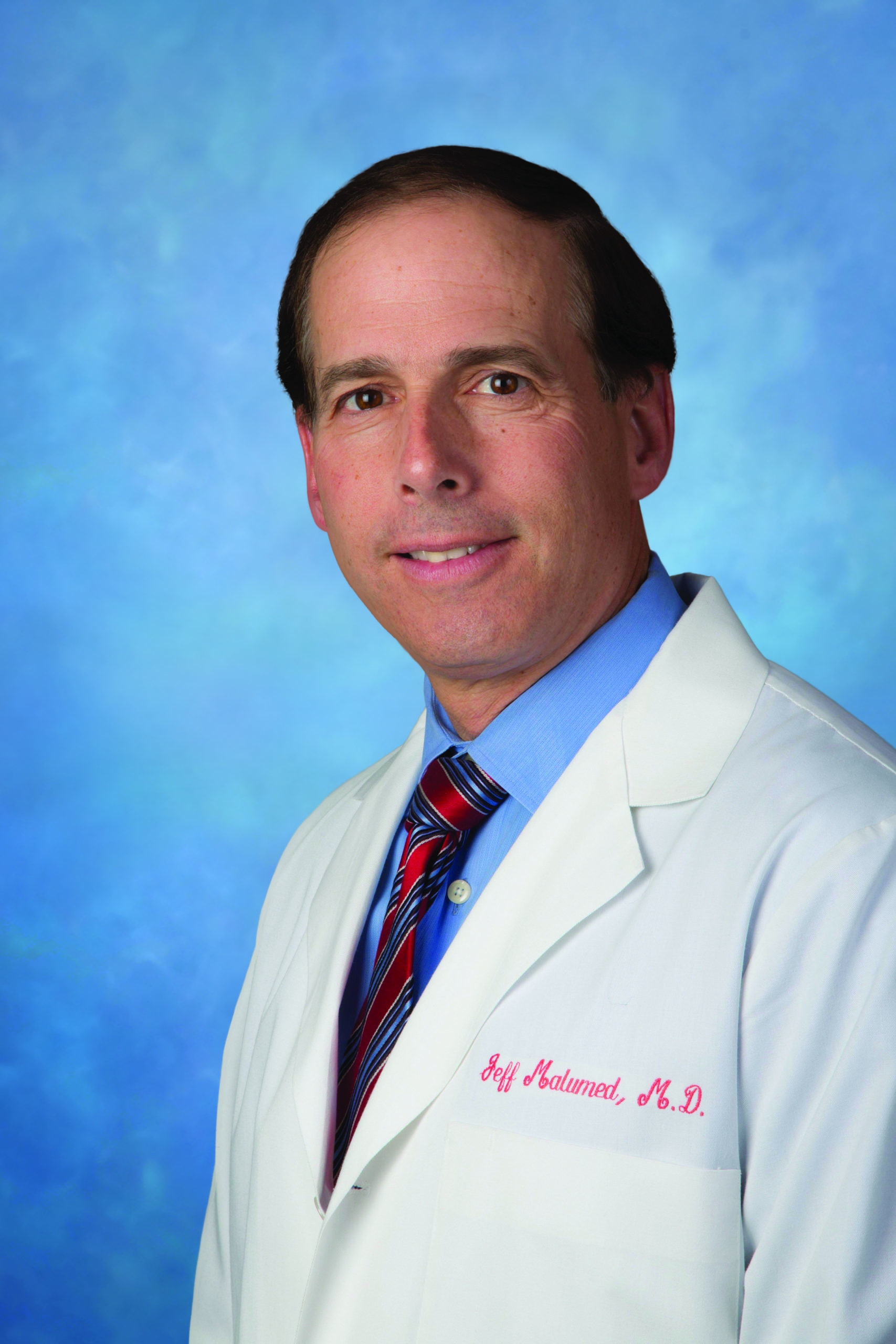A record-breaking 68 Premier Orthopaedic Physicians were named to Main Line Today magazine’s 2022 Top Doctors list. Every year, physicians are asked to nominate peers who they believe are the best, most trusted doctors in the region. We are proud to note that more...
LATEST NEWS
Premier Orthopaedics Announces Partnership with HOPCo to Create Value-Based Musculoskeletal Care Platform in Pennsylvania
Partnership will create one of the largest integrated value-based care and practice management platforms in the United States Philadelphia, PA (May 11, 2022) – Premier Orthopaedics, one of the largest musculoskeletal practices in Pennsylvania and the United States,...
Premier Orthopaedics Boasts Most “Top Docs” in Orthopaedics
A record-breaking 61 Premier Orthopaedics physicians were named to Main Line Today magazine’s 2021 Top Doctors list. Every year, physicians are asked to nominate peers who they believe are the best, most trusted doctors in the region.We are proud to note that more...
Ski Season is Coming: Be Aware…or Beware: by Jeffrey Malumed, M.D.

by Jeffrey Malumed, M.D., Premier Orthopaedics
As the temperatures turn colder, skiing enthusiasts of all skill levels will wait with anticipation for that time when snow—real or “manufactured”—will fall on the slopes of resorts all across the nation. But whether you ski the “bunny slopes” or expertly maneuver around moguls, being properly prepared can help prevent injury and ensure a season of excitement.
Skiing is a very strenuous, physical sport—especially if you are tackling mountains out West (which can get as high as 10,000 feet). At altitudes that high it is especially important to make sure you train through aerobic conditioning and muscle strengthening.
While it’s good to exercise all year long, if you are going to go skiing I like to recommend a six-week program that includes strengthening of the lower extremities and back, as well as aerobics. Do your routine three times a week for about 30 minutes a day. In addition, stay well hydrated while out on the slopes, don’t smoke and limit your alcohol intake.
I treat a lot of sport-related injuries. For 10 years I was one of the team physicians for the U.S. Men’s Olympic Ski Team, so you can imagine I saw a vast assortment of injuries. The most common, which you would never think, is something called “skier’s thumb.” This is an injury to the ligament in the thumb that happens when you fall down, your ski pole gets jammed between the thumb and index finger, and the ligament in the thumb tears. I actually did that to both of my thumbs once while helicopter skiing in Alaska.
Besides sprains and strains, most other common injuries involve tearing of the anterior cruciate ligament (known as the “ACL”) and media collateral ligament in the knees. Treatment of torn ligaments in the knee usually involves surgery, but it depends on the athlete’s age and severity of the injury. Sometimes we can manage ligament tears without surgery.
So what’s the best way to avoid a ski injury? Prevention. And how do you practice prevention? By being in shape, skiing within your ability, and not smoking or drinking (which can impair your ability to ski). If you do sustain an injury, see your doctor or an orthopaedic specialist as soon as you can. Our goal is to get you back on the slopes as soon as you can.
Happy trails!
About Dr. Jeffrey Malumed, M.D.
Dr. Malumed received his undergraduate degree in 1979, from the University Of Massachusetts, graduating Magna Cum Laude. His M.D. was awarded in 1983 from New York Medical College with distinctions of Phi Beta Kappa, Phi Eta Sigma, Alpha Lambda Delta, and Phi Kappa Phi. His surgical internship was completed in 1984 at Lenox Hill Hospital and his Orthopaedic Residency was performed at State University of N.Y. in 1988. Additionally, he completed a Sports Medicine Fellowship with Dr. Frank Noyes at Cincinnati Sports Medicine in 1989.
He is Co-Chairman of the Orthopaedic Surgery Division at Taylor Hospital. He has authored and co-authored multiple Orthopaedic research projects and Professional Presentations at various Orthopaedic and Professional society meetings and conferences.
Dr. Malumed was the Team Physician for the Philadelphia Bulldogs, the Philadelphia Storm, and was the Team Physician for the U.S. Olympic Ski Team, for over nine years. He has been the President of Premier Orthopaedics since 2001. Additionally, he was named as one of the Main Line Today “Top Docs” in Orthopaedic Surgery in 2008.
Dr. Malumed is a Board Certified member of the American Academy of Orthopaedic Surgeons, with re-certification earned in 2001.
Dr. Malumed is married, with two children, and has special interest areas in Surgery of the Knees, Shoulders, Sports Medicine., and Arthroscopy.
